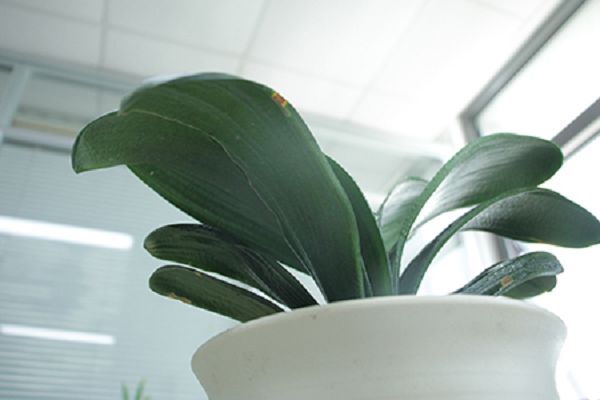How to grow White Orchid in North China
① temperature: the suitable temperature for its growth is 20 ℃ to 32 ℃. When the air temperature is below 5 ℃, the plant will appear deciduous leaves. In the northern region, it is best to let the plant be exercised by Cold Dew several times in the open air, and then move indoors, maintaining about 10 ℃ in the day and no less than 5 ℃ at night. The room temperature should not be too high during overwintering, otherwise it will cause the plant to shoot out prematurely in early spring and affect the normal growth and flowering in the coming year. Leave the room after the end of the frost in May next year, or when the temperature is stable at about 10 ℃. When the summer temperature exceeds 33 ℃, measures such as shading and water spraying should be taken to increase the humidity and cool down.
② light: the growth of white orchids not only requires sufficient light, but also can not tolerate strong light exposure or excessive shade. Under normal circumstances, it should be placed in the leeward and sunny place after leaving the house in spring, and it can be shaded around noon after summer, or it can be transferred to a shade of 40% to 50% of the shade for maintenance between June and August. Balcony potted plants can be moved indoors for 4 to 5 hours before and after noon in summer to avoid the bright light of the scorching sun.
③ moisture: White orchids are sensitive to water and like the environment in which the air is moist and the soil drainage is smooth. The key to the success or failure of planting and cultivating Magnolia lies in the reasonable control of the amount of water. The principle of watering the magnolia is that the number of times should be less, not more, and each watering should be thoroughly watered. When the temperature is higher in spring and autumn, it can be watered once a day, and once in the morning and evening in summer. During the rainy season, stagnant water in the basin should be eliminated in time. White orchids that have just entered the house in winter should not be watered too little to prevent the leaves from drying up due to insufficient water supply. After that, Magnolia enters a dormant state and should be watered moderately to keep the potted soil moist, or less watering, more spraying, to avoid water rotting roots. Rain Water, river water and pond water are better for irrigation. No matter in summer or winter, there is little difference between water temperature and soil temperature. The water temperature should be slightly lower than the soil temperature in summer and slightly higher than the soil temperature in winter. For Magnolia placed in an air-dry environment, foliar spray should always be given.
④ soil: it is suitable to use loose, fertile, well-drained acidic to slightly acidic culture soil, which can be mixed with rotten leaf soil or peat soil plus 1x5 river sand, and mixed with 5% retted cake fertilizer. During the growing season, loosen the soil once a month, or before each fertilization. Turn the basin and change the soil once a year, the best time is before leaving the house in spring.
⑤ fertilizer: the growth of white orchid requires that the three elements of nitrogen, phosphorus and potassium in the culture soil are balanced and sufficient, and the fully mature thin cake fertilizer water is applied every half month during the growing season (May to September). 0.2% urea and 0.1% potassium dihydrogen phosphate mixture can also be used. 0.3% potassium dihydrogen phosphate solution can be applied continuously for 2 to 3 times at full flowering. Balcony potted, can be regularly buried a small amount of rotten dry cake fertilizer powder or multi-component slow-release compound fertilizer particles, can avoid unpleasant odor. In order to prevent physiological yellowing of leaves, 0.2% ferrous sulfate solution can be irrigated once a month to adjust the pH value of the soil. When the summer temperature exceeds 33 ℃ and the temperature drops below 15 ℃ at the end of autumn, all forms of topdressing should be stopped to prevent fertilizer damage and root injury.
Related
- Is the orchid suitable for indoor use? Is it good for the body?
- How to prevent the empty root of orchids?
- What to do after the crab claw orchid is withered?
- Why are the leaves of orchids always yellow? Fertilizing and watering.
- Can the root of the gentleman orchid be saved if it is rotten?
- Diagnosis and treatment of cotton-blowing beetle insects in Cymbidium
- There is a way for a gentleman's orchid to rot.
- What is the most suitable temperature and humidity for the orchid?
- How to raise a gentleman's orchid? Cultivation techniques of Cymbidium
- How to prepare the nutritive soil for the cultivation of Cymbidium



